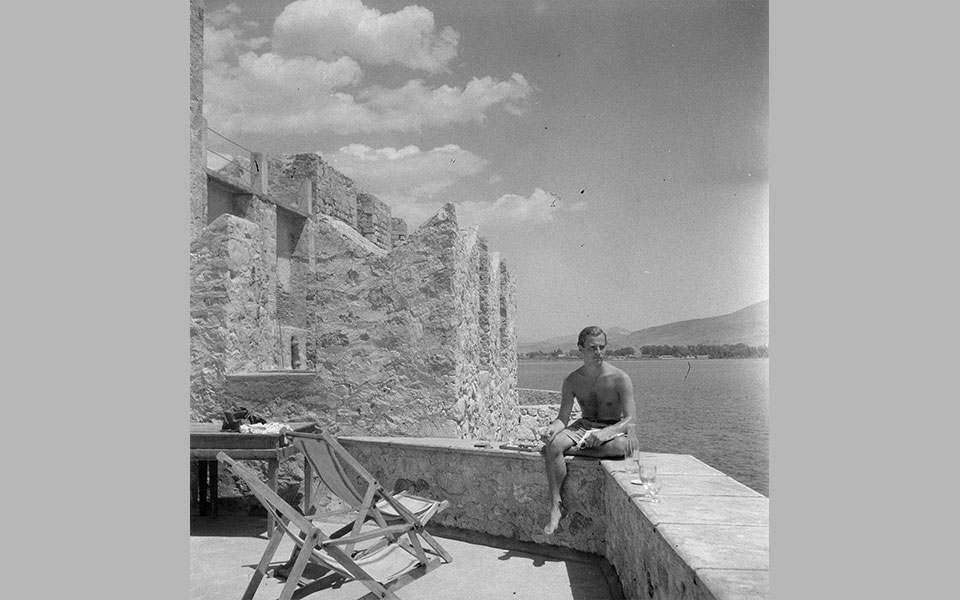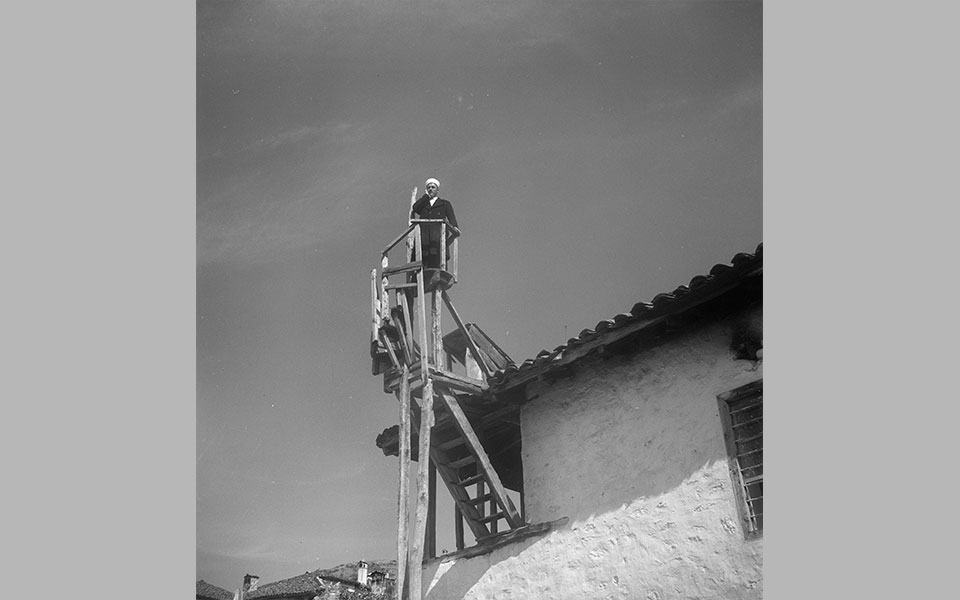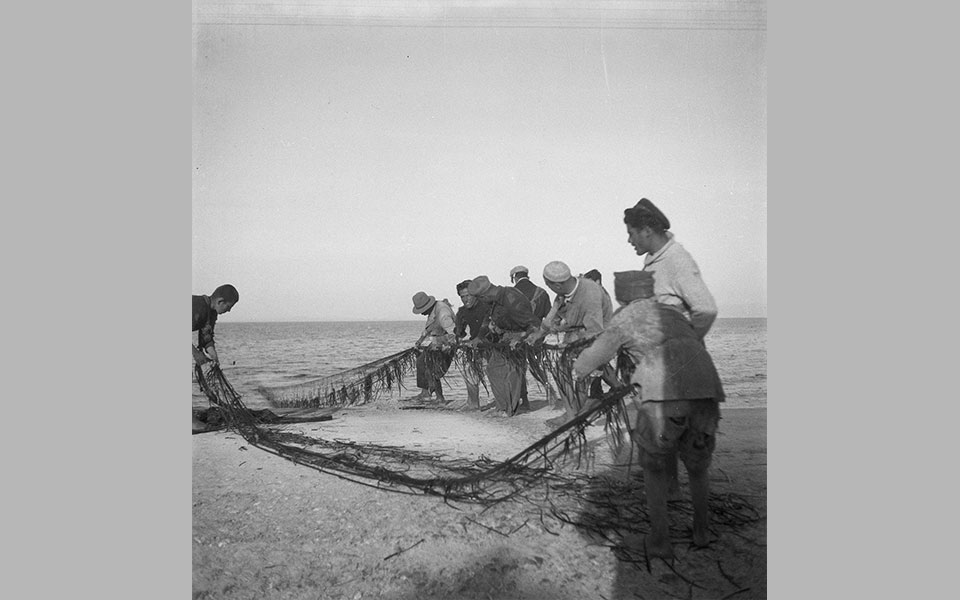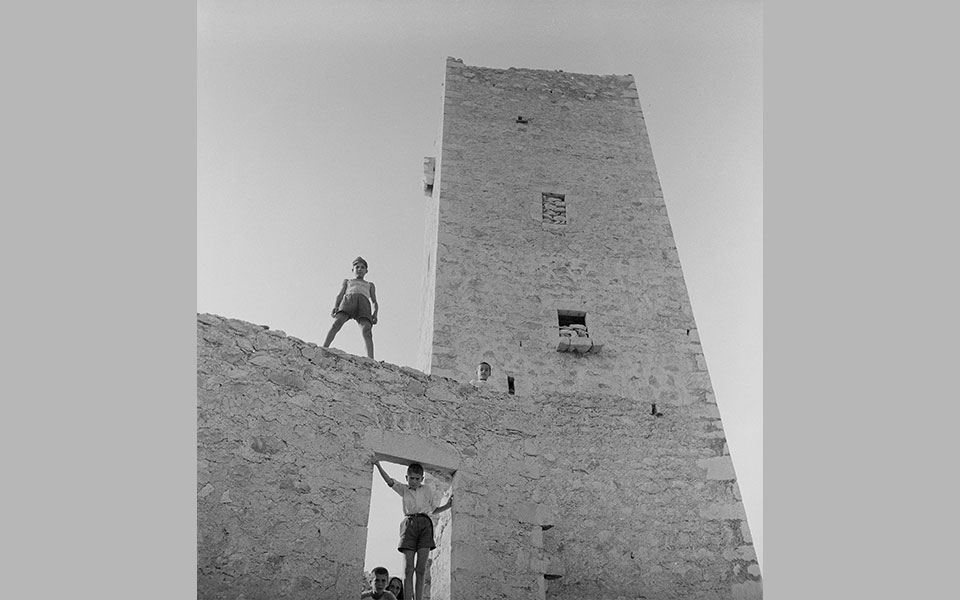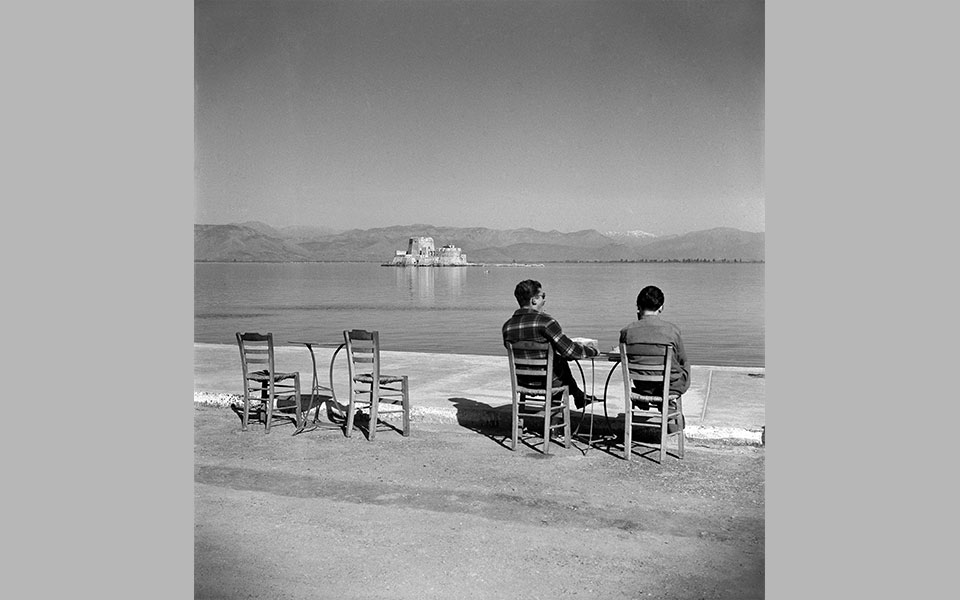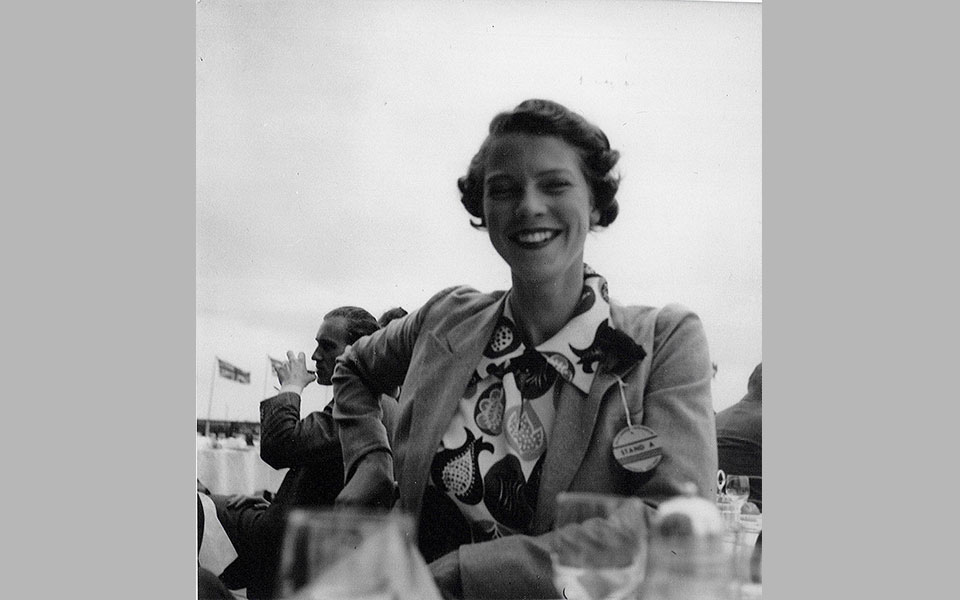It’s just after Christmas in 1944, in Cairo. The world is holding its breath, waiting for WWII to end, and at a party, a man and a woman meet for the first time.
They’re both British. He is dark haired with light brown eyes, 29 years old and already a hero, having had a prominent role behind the lines in the Cretan resistance against the Germans, including in the abduction of General Heinrich Kreipe. He’s just come out of a relationship with a married woman that hurt him deeply.
She is three years older than him, from an aristocratic family, beautiful, blonde and blue-eyed. She wears a wedding ring, although her marriage is practically over. Love strikes them like a lightning bolt.
It sounds like the beginning of a normal love story, but the lives of Patrick Leigh Fermor and Joan Elisabeth Eyres Monsell (later Joan Leigh Fermor) were all but normal.
Inseparable from the day they met, they became the center of each other’s lives, while they also kept their independence and their individual interests. It was no coincidence that Joan quoted Rainer Maria Rilke’s Letters to a Young Poet in her journal on their wedding day:
“Loving does not at first mean merging, surrendering, and uniting with another person (for what would a union be of two people who are unclarified, unfinished, and still incoherent?), it is a high inducement for the individual to ripen, to become something in himself, to become world, to become world in himself for the sake of another person…”.
Patrick, being a famous travel writer, always got the most attention. Joan was less well-known but no less important, and she remained discreetly by his side for six decades. His biographers maintain that if she hadn’t encouraged her Paddy, if she hadn’t supported him with all of her power, it is likely that he wouldn’t have had the same development as a writer. They also recognize her influence in his works.
Opening May 23, a new exhibition at the Benaki Museum pulls Joan from the shadows, featuring images from her rich photographic corpus. Traveling around Greece with her husband in the 1940s, 50s, and 60s, she captured countless images of the places they visited and the people they met. Some of them are published in Patrick’s books “Mani: Travels in the Southern Peloponnese” and “Roumeli: Travels in Northern Greece”. Most of them, however, had never been shown to the public until her death in 2003. This new exhibition, curated by Ian Collins and Olivia Stewart, is a tribute to her: a little-known photographer whose wide-ranging work is a true revelation.
Marriage and Kardamyli
She was the second of three daughters born to Lord Bolton Eyres-Monsell (the First Lord of the Admiralty in the UK), born in 1912. She attended Saint James’s School in Malvern. She was passionate about photography from a young age – with a particular eye for the beauty of landscapes and buildings, as well as graveyards.
In 1939 she married a British journalist from the Daily Express, John Rayner, but infidelity led the couple to split up. When she met Patrick in Cairo she had already served as a nurse at the British embassies in Spain and Algeria.
Once the war ended in 1945, she came to Greece to work as a secretary for Osbert Lancaster, who was press attaché at the British Embassy in Athens, as well as a cartoonist. Paddy came with her, taking a job at the British Council. In 1946 the pair left for London, but they kept coming back to explore Greece for long periods at a time.
In 1951 they visited Kardamyli for the first time. They stayed for a few days in a little room over a small grocery store, fell in love with the place, and decided that they needed to spend part of their lives in Greece. In the following years, they came back to Kardamyli as often as they could, and in 1968, the year of their wedding, Joan sold her jewelry so that they could finally buy their own home there (the house which was left to the Benaki Museum).
In that house, Patrick wrote, Joan took care of their many cats (children and grandchildren of their Abyssinian cat which would mate with the local strays). They hosted friends, grew olives and turned them into oil “greener than the sea in winter”.
The Guardian described the couple in this part of their lives as “middle-aged romantics of an inventive unconventionality”, explaining: ”On an evening too hot to eat on the promenade, they carried their table into the Mediterranean and dined, fully dressed, up to their waists in cool water”.
Joan died in 2003, Patrick in 2011. The photographs on display in the exhibition “Joan Leigh Fermor: Artist and Lover” opens a window to their world: to the exciting and enthusiastic life they lived – in black and white.


